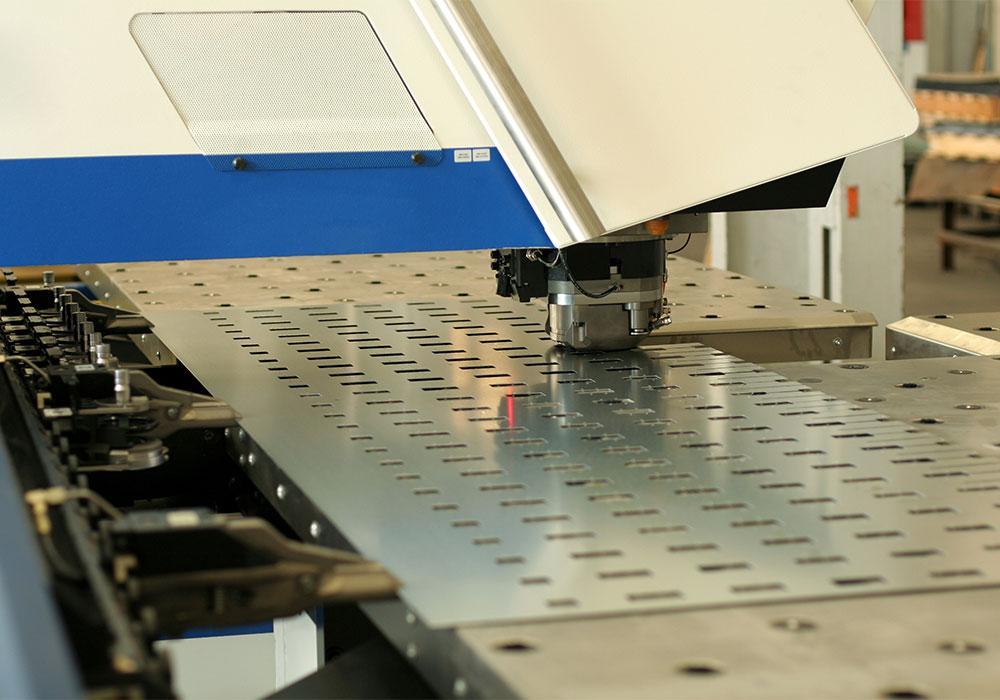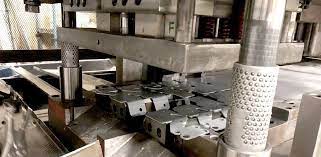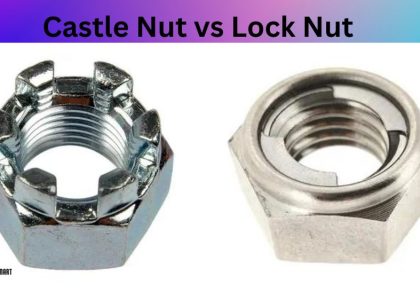Pneumatic tools, driven by compressed air, are a cornerstone of efficiency and power in various industries. From construction sites to manufacturing plants, these versatile devices offer an array of applications, making them indispensable for professionals seeking precision and productivity in their work. In this guide, we’ll delve into the world of pneumatic tools, explore their functionalities, and applications, and shed light on their relevance within geosynthetic-related industries.

What are pneumatic tools?
Pneumatic tools, also known as air tools, are powered by compressed air instead of electricity or battery power. Compressed air is delivered through hoses into the tool, creating the force necessary to operate various mechanisms. These tools encompass a wide range of equipment, including drills, nail guns, sanders, grinders, and impact wrenches, among others.
What are the advantages of using pneumatic tools?
One of the primary advantages of pneumatic tools is their robustness and power-to-weight ratio. They are typically lighter than their electric counterparts, making them easier to handle without compromising on performance. Additionally, they offer consistent power output, making them suitable for prolonged use without overheating issues. Moreover, pneumatic tools tend to have a longer lifespan due to fewer internal components susceptible to wear and tear.
What are some applications of pneumatic tools?
Pneumatic tools find applications across diverse industries. In construction, nail guns and jackhammers powered by compressed air are instrumental in driving nails and breaking concrete, respectively. Automotive repair shops use pneumatic impact wrenches for rapid loosening and tightening of lug nuts. Manufacturing plants utilize air-powered drills, grinders, and sanders for precision and efficiency in production processes. Moreover, within geosynthetic-related industries, pneumatic tools aid in the installation and maintenance of geosynthetic materials used in various civil engineering applications, such as landfills, dams, and erosion control.

How do pneumatic tools relate to geosynthetic applications?
Geosynthetics, comprising materials like geotextiles, geomembranes, and geogrids, play a crucial role in civil engineering projects aimed at enhancing soil stability, drainage, and erosion control. Pneumatic tools are employed in the installation and maintenance of these materials. For instance, air-driven staplers and nail guns facilitate the secure attachment of geotextiles to the ground, preventing soil erosion. Additionally, air-powered tools aid in the welding and sealing of geomembranes used in containment systems for landfills or reservoirs.
In conclusion, pneumatic tools stand as indispensable assets across multiple industries, offering power, precision, and durability. Their role within geosynthetic-related applications further emphasizes their significance in ensuring the efficiency and effectiveness of civil engineering projects aimed at environmental conservation and infrastructure development.
The ITT Barton 318C is a renowned differential pressure transmitter widely used in industrial applications for precise measurement and control of flow, level, and pressure. Known for its accuracy, reliability, and durability, the 318C model is trusted by engineers and operators in various industries, including oil and gas, petrochemical, and power generation. It features advanced technology and robust construction, making it suitable for demanding environments and critical processes. With its versatile design and customizable options, the ITT Barton 318C provides efficient and accurate monitoring of fluid parameters, ensuring optimal performance and safety across diverse industrial operations.
Industrial valve manufacturers play a crucial role in providing high-quality valves for various industries, including oil and gas, petrochemical, water treatment, and power generation. These manufacturers design, produce, and supply a wide range of valves, such as gate valves, globe valves, ball valves, butterfly valves, and check valves, to meet the diverse needs of their customers. They adhere to strict quality standards and use advanced technologies to ensure the reliability, durability, and performance of their products. Industrial valve manufacturers often collaborate with engineers and industry experts to develop innovative valve solutions that enhance process efficiency and safety in industrial applications.


